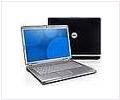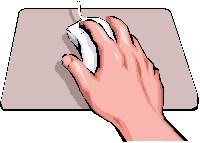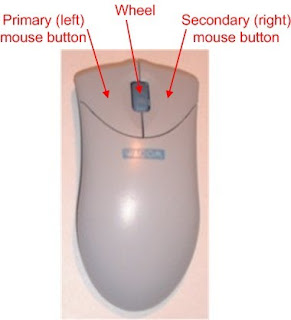
Product Descriptions >>
The GigaX1005B switches are an efficient, yet affordable, solution for the Home or SOHO Networks. High performance Fast Ethernet switching is provided in a stylish, compact, space-saving design. The fan-less design also ensures for a quiet and peaceful working environment. With the quality that you have come to expect from ASUS, you can rest assured that your Network will enjoy long-lasting, trouble-free connections.
Product Features >>
The Non-Blocking, Line-Speed architecture ensures maximum performance for your Network.
Highly Compatible: Complies with IEEE 802.3 (10Base-T), and IEEE 802.3u (100Base-TX) standards.
IEEE 802.3x Flow Control protects against collisions and lost packets.
100% Plug-and-Play, nothing to configure, means that you are up-and-running quickly and easily.
Auto Negotiation for Speed and Duplex ensures that you will get the maximum performance without needing to configure the switch.
Auto MDI/MDIX detects for straight or cross-over cabling.
Easy to read LED's and stylish compact casing.
All specifications are subject to change without notice. Please check with your supplier for exact offers. Products may not be available in all markets.
PCB color and bundled software versions are subject to change without notice.
Brand and product names mentioned are trademarks of their respective companies.










































